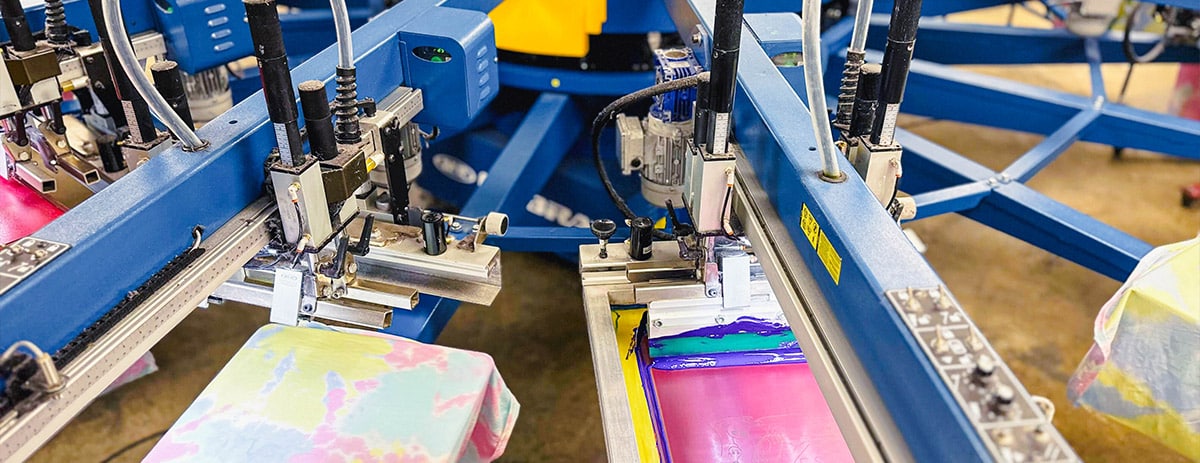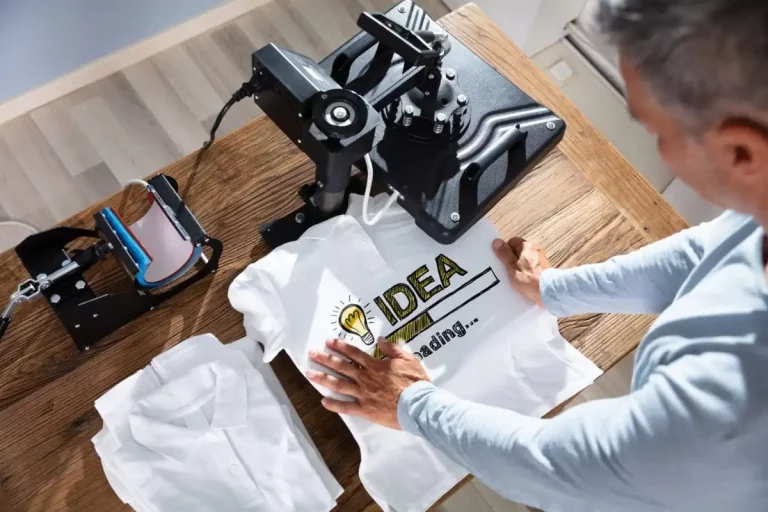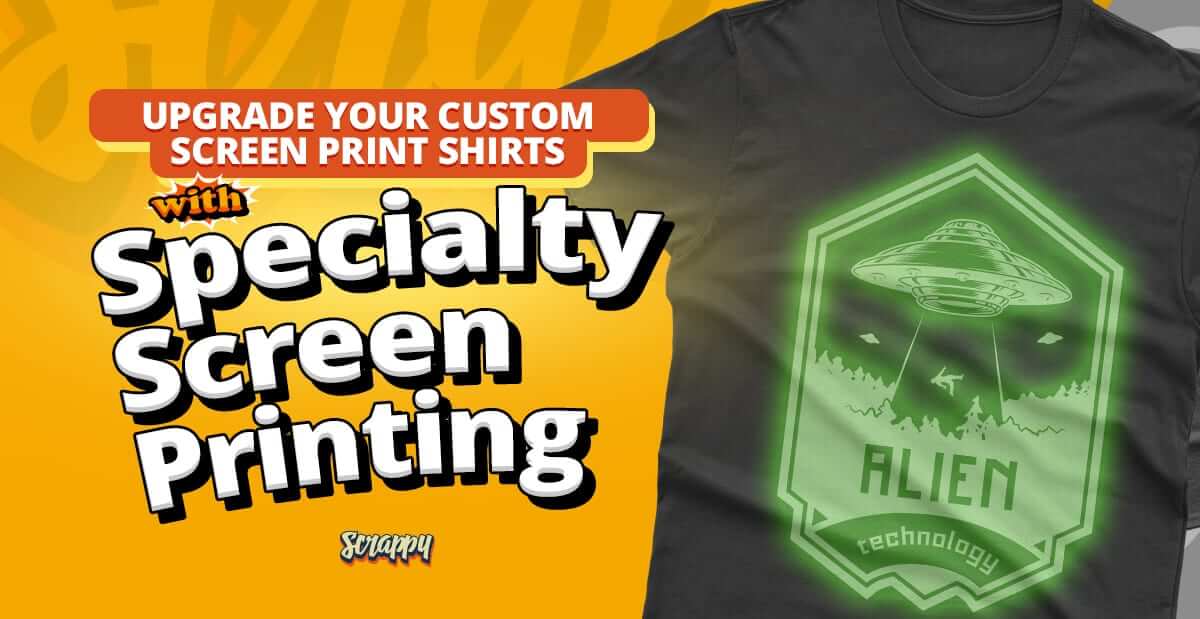Complete Screen Printing Kit for Artists and Creators
Wiki Article
Screen Printing Uncovered: Whatever You Need to Learn About Tee Shirt and Garment Printing Methods
Screen printing is a fascinating method that incorporates art with technique, providing unlimited possibilities for creative thinking. Prepared to check out the crucial components that make screen printing an art kind?
The Essentials of Display Printing: Just How It Works
When you dive into display printing, you'll find it's both a scientific research and an art. At its core, display printing includes creating a stencil, or display, that allows ink to pass via just in details locations.Position the display over the material, then use a squeegee to press ink with the screen onto the garment. Each action is important, and grasping them will raise your display printing abilities, transforming straightforward garments right into special, meaningful pieces.
Sorts Of Display Printing Strategies
When you comprehend the fundamentals of screen printing, it's time to explore the various strategies that can boost your styles. One popular approach is traditional screen printing, where ink is pushed with a stenciled screen.An additional choice is plastisol printing, known for its resilience and vivid shades, making it a favorite for numerous brands. Experiment with halftone printing to develop gradient results and detailed layouts.
Necessary Equipment for Display Printing
To achieve spectacular results in screen printing, having the best devices is essential. You'll require a sturdy screen printing structure, which holds the mesh that moves your style onto the garment. Next, invest in top notch squeegees; these are vital for using ink evenly across the screen.Picking the Right Inks and Products
When picking inks and materials for screen printing, you require to take into consideration the kind of ink that works ideal for your project. Consider fabric compatibility to ensure your designs look great and last long. Explore environment-friendly ink options to make your printing procedure more sustainable.Sorts Of Display Inks
Choosing the ideal display ink is necessary for achieving vibrant, sturdy prints that meet your job's demands. There are numerous types of screen inks to take a look at. Specialized inks, such as glow-in-the-dark or metal, can include one-of-a-kind impacts to your designs.
Textile Compatibility Considerations
Understanding textile compatibility is important for accomplishing top quality screen prints, especially considering that various products respond distinctively to various inks. When choosing inks, think about the textile kind-- cotton, polyester, or blends. For cotton, water-based inks work well, offering soft qualities and breathability. Polyester, on the various other hand, usually calls for plastisol inks for much better bond and vivid shades. You might require to utilize a mix of both kinds if you're printing on blends. Always check your inks on sample textile to assure they adhere correctly and keep color honesty. In addition, bear in mind that fabric weight and appearance can affect the final end result, so choosing the appropriate ink and material combo is vital for your task's success.Eco-Friendly Ink Options
Environment-friendly inks are becoming a popular choice for screen printers who desire to minimize their environmental impact while maintaining high quality. When picking inks, take into consideration water-based inks, which are less hazardous and easier to cleanse up compared to typical solvents.Furthermore, try to find inks made from eco-friendly resources, such as soy or vegetable-based options. By selecting the best inks and products, you'll not only create magnificent styles however additionally add to a much more lasting printing process. Make the switch, and your prints will show your commitment to the environment!
Preparing Your Layout for Display Printing

File Format Requirements
To assure your design looks sharp and vivid on fabric, you'll need to pay very close attention to file layout demands for display printing. Beginning with vector files like AI or EPS, as they can be scaled without shedding quality. If you make use of raster images, go with high-resolution documents, such as TIFF or PNG, preferably at 300 DPI. Prevent using JPEGs, as they can lose clearness when resized. Make sure your layout has a transparent background to avoid undesirable white sides on your prints. Keep color settings in mind; CMYK is typical for screen printing, so convert your RGB develops appropriately - screen printing kit. By complying with these standards, you'll set your artwork up for a successful print.Shade Separation Strategies
Color splitting up is an important step in preparing your design for screen printing, and mastering it can significantly improve your print quality. You'll require to damage your layout right into private colors, as each shade needs a separate screen throughout printing. Begin by determining all the shades in your layout and develop layers for each one. You can use software program like Adobe Photoshop visit this website or Illustrator to isolate and separate colors effectively. Be particular to save each layer as a different data, normally in a style like TIFF or PSD. This precision not just ensures exact shade depiction but likewise simplifies the printing process. By focusing on shade separation, you'll attain professional and vivid cause your screen-printed garments.Resolution and Size
Attaining the best outcomes in screen printing starts with assuring your style has the right resolution and size. Preferably, your art work ought to go to least 300 DPI (dots per inch) for sharp, clear prints. If you utilize reduced resolution, your final product could look pixelated and less than professional.When it pertains to size, think about the measurements of your print location. Layout your artwork to match the last print size, preferably developing it in the real dimensions you'll be printing. By doing this, you'll prevent any unforeseen scaling concerns.
Constantly check your design in both vector and raster styles. Vector graphics can be scaled without shedding top quality, making them perfect for screen printing. Preparing properly will ensure your style looks incredible on every garment!
Step-by-Step Screen Printing Process
Screen printing is a vibrant procedure that enables you to develop vivid layouts on numerous surfaces. To get begun, you'll require a display, solution, and your selected ink.After washing out the unexposed solution, your display is all set. Set it up on your printing surface and straighten your garment beneath it. Pour ink onto the screen and use a squeegee to press the ink with the stencil onto the material. his explanation Raise the display very carefully and allow the print completely dry. Lastly, cure the ink making use of warm to assure sturdiness. That's it! You've effectively display printed your layout.
Tips for Successful Display Printing Projects
While you're diving into your display printing jobs, remember that prep work is key to success. Beginning by gathering all your products-- inks, garments, screens, and mops. A tidy work area aids stop undesirable errors, so clean up prior to you begin.Next, validate your artwork is high-resolution and properly sized for your garment. Test your screen for correct exposure and clean it extensively to prevent spots. When mixing your inks, comply with the manufacturer's guidelines to attain the best uniformity.
During printing, apply also stress with your squeegee for constant outcomes. Do not rush; take your time to confirm each print fulfills your requirements. After printing, allow your garments dry completely before taking care of or packaging them.
Lastly, constantly maintain a sample of your help future recommendation. This method, you can assess your development and enhance your strategies over time. Pleased printing!

Regularly Asked Inquiries
How Long Does It Require To Establish a Screen Printing Job?
Establishing a display printing task typically takes about 30 mins to an hour. You'll prepare the displays, mix inks, and change the press. The time varies based on complexity and experience, so stay organized!Can I Print on Various Material Types Making Use Of the Very Same Method?
Yes, you can print on various textile types using the very same strategy, however you'll need to readjust your settings and inks. Some materials take in ink in different ways, so trying out warranties the very best results for each product.official website
What Are Usual Blunders to Prevent in Screen Printing?
When display printing, avoid usual errors like utilizing the wrong ink, disregarding appropriate direct exposure times, or avoiding pre-press checks. Always test your arrangement and maintain tidy screens to ensure quality outcomes each time.Exactly How Can I Properly Clean and Keep My Screen Printing Devices?
To appropriately tidy and preserve your display printing equipment, you must consistently wash displays with appropriate solvents, inspect mops for wear, and ensure all tools are kept dust-free and dry. Uniformity boosts and avoids expensive repairs efficiency.Is Display Printing Ecologically Pleasant Contrasted to Various Other Techniques?
Display printing can be more eco-friendly than various other methods, especially if you utilize water-based inks and eco-conscious products. By choosing sustainable products and practices, you lower waste and decrease your influence on the planet.Screen Printing Uncovered: Every Little Thing You Required to Know About T-Shirt and Garment Printing Methods
At its core, screen printing entails creating a stencil, or screen, that allows ink to pass with only in certain areas. Position the display over the textile, after that utilize a squeegee to push ink through the display onto the garment. One prominent method is conventional screen printing, where ink is pushed with a stenciled display.When selecting inks and materials for display printing, you require to take into account the type of ink that functions ideal for your task.
Report this wiki page